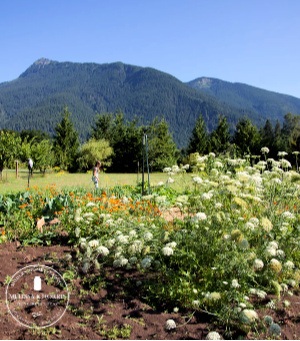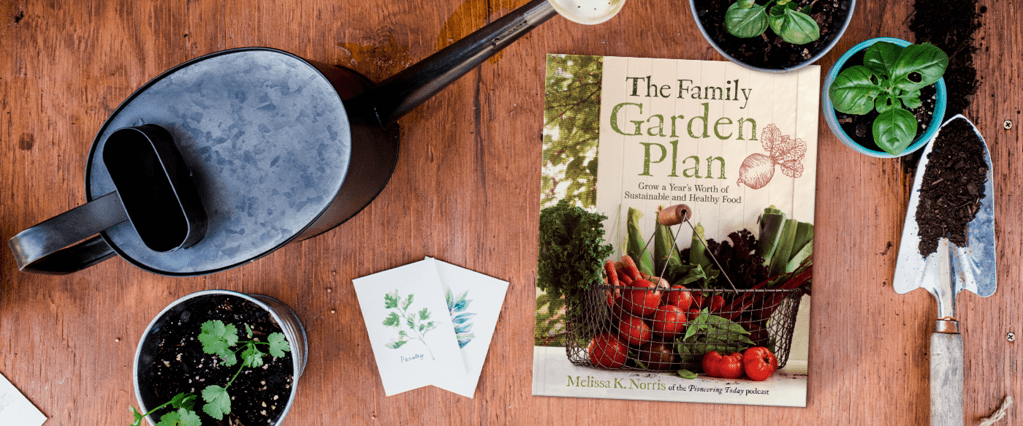What are the biggest garden planning mistakes and how do we avoid them? Stick with me through this post because I’m sharing the top ten garden planning mistakes people make when planning a brand new garden or expanding their garden.

Planning a garden is one of my favorite subjects although I didn’t always recognize or realize how much value it has. It’s clearly something I’m passionate about as I’ve written an entire book called The Family Garden Plan, and now a workbook called The Family Garden Planner.
You can also listen to the two podcasts and video within this blog post filled with my tips on how to avoid making the common garden planning mistakes… including one common tip that you’d find when doing a Google search on how to plan your garden.
Raising food has been a part of my life since I was born. I was lucky enough to be raised by gardeners. I’m a fifth-generation homesteader so from my earliest memories of spring and summertime are of being out in the garden and helping to plant the beans.

I remember when I was really little I would walk through the garden and my mom would show me how deep to put my finger in the soil (by showing me the line on my finger), so the hole would be the appropriate depth for planting seeds. I would poke my finger all along the row and she would come behind and drop the seeds in, in case my spacing wasn’t exactly ideal or the depth was wrong, either too deep or too shallow, then I would then go along and firm the soil over the seeds.
Why am I sharing this with you? Well, one, because I have been growing a garden and helping my parents from the time I could walk and toddle up until now and all through my marriage. I have 20 plus years of my married life having my own garden. I also share this because I have made many mistakes myself despite many years of experience under my belt.
In this post, you’ll find two podcast episodes, episode #226 – Biggest Garden Planning Mistakes & How to Avoid Them as well as episode #255 – 8 Common Mistakes Made by New Gardeners.
But now, let’s get to the most common mistakes of garden planning…
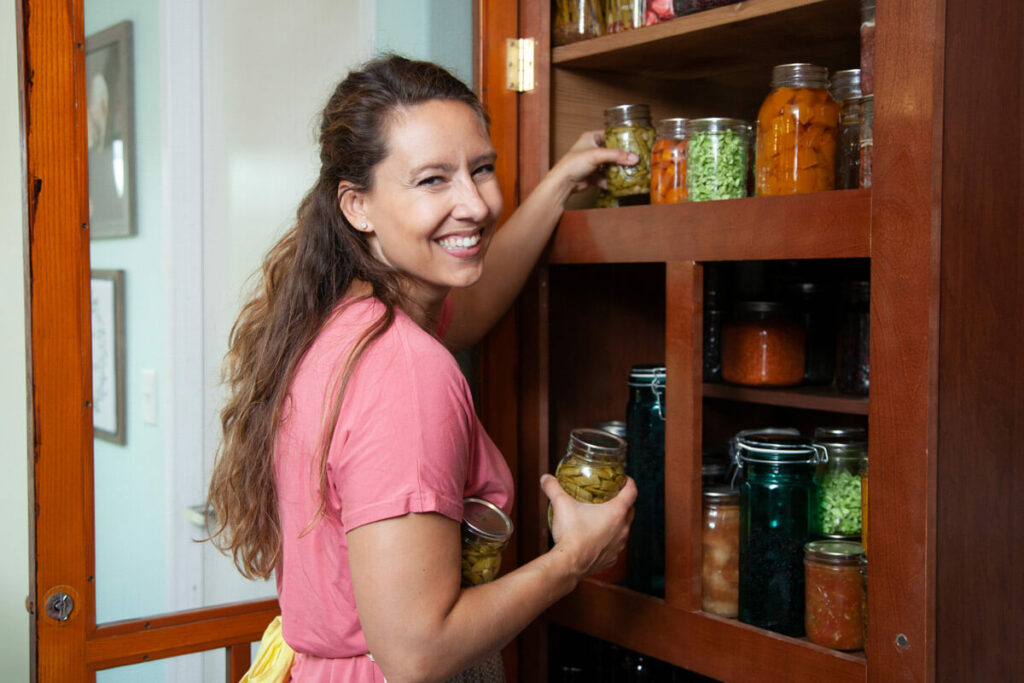
Table of Contents[Hide][Show]
- 2. Unrealistic Expectations
- 4. Consider Sunlight
- 5. Water Source
- 6. Plant Spacing & Row Direction
- 7. Not Understanding Soil Needs
- 8. Not Adjusting Your Plans
- 9. Not Keeping Records
- 10. Misunderstanding Garden Zones & Climates
- What New Gardeners Can Grow For a Quick Harvest
- For more organic gardening tips, check out the following posts:
1. Starting Without a Plan
One of the biggest mistakes that people make when they’re planning their garden is going in without having a plan!
I know, it seems kind of obvious but bear with me. I did this for years myself. Most people start planning by going to the store and buying seeds or ordering seeds after going through a seed catalog.
From there they plant them in the ground and that’s the extent of their planning. They just pick out seeds that look interesting or pretty and put them in the ground.
We’re going to talk about doing it in a way that is going to serve you much more effectively and get you a bigger yield.
Not Where but What
When I did a Google search on how to plan a vegetable garden what I saw in most cases as the number one starting point was to decide where to plant your garden. But that is NOT where you should be starting your garden planning.
You are missing a lot of key elements if that’s where you start because it’s not taking into account growing food that’s going to take you through a year. Elements that are missing that needs to be considered in your planning:
- Need to pick crops that your family eats the most of on a regular basis.
- Pick crops that will actually grow well in your gardening climate and gardening zone.
- Of the crops you want to grow, pick varieties that are best suited to the number of growing days you have in your warm-weather growing season.
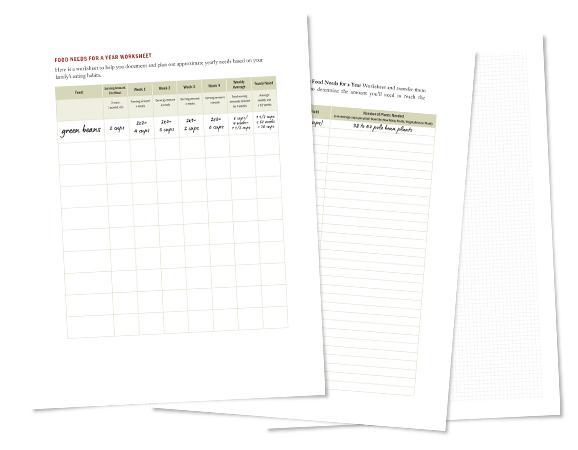
Decide on Quantity
From there, decide how many of those specific crops you need to plant in order to feed your family for an entire year. The number of plants I put in and the number you put in are going to vary, as they should.
This will vary from household to household as our family sizes and needs differ. If you’ve purchased either of my books, The Family Garden Plan or The Family Garden Planner, then you’ll have my worksheets where you can see, on average, how much yield one plant provides per growing season. From there you’ll be able to calculate how many plants you need per the number of people in your family.
Based on how much your family eats of a certain crop every week and month, that’s going to dictate how many plants you need to put in. For us, I need 18 to 20 tomato plants in order to take us through an entire year of tomato products and never buy tomatoes from the store. This includes all my tomato sauce, salsa, marinara sauce, pizza sauce, stewed tomatoes… everything made from tomatoes.
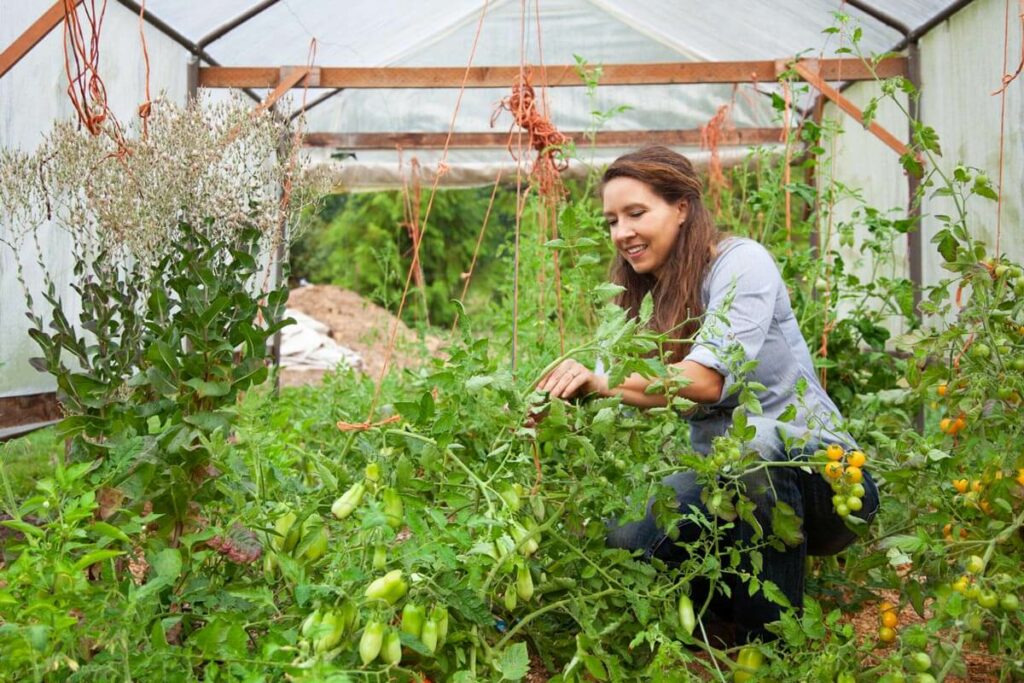
2. Unrealistic Expectations
It’s good to want to provide for our family, but sometimes we can put unrealistic expectations on our garden to produce food right away.
There are things that can produce quickly, and we’ll discuss that later in this post, but one of the biggest gardening mistakes is that the gardener moves into a production mentality before first taking a moment to appreciate nature and the process.
In a normal situation, you have a process where you complete step one, step two, step three, and at the final step you have your desired results.
With gardening, you may do everything that people say to do and then something comes along and it’s a little bit different. And that has to do with the biodiversity of nature and the wonderful abundance of nature and the magnitude of diversity that there is.
Be sure to listen to the podcast with Stacey where she shares about the study done on plants!
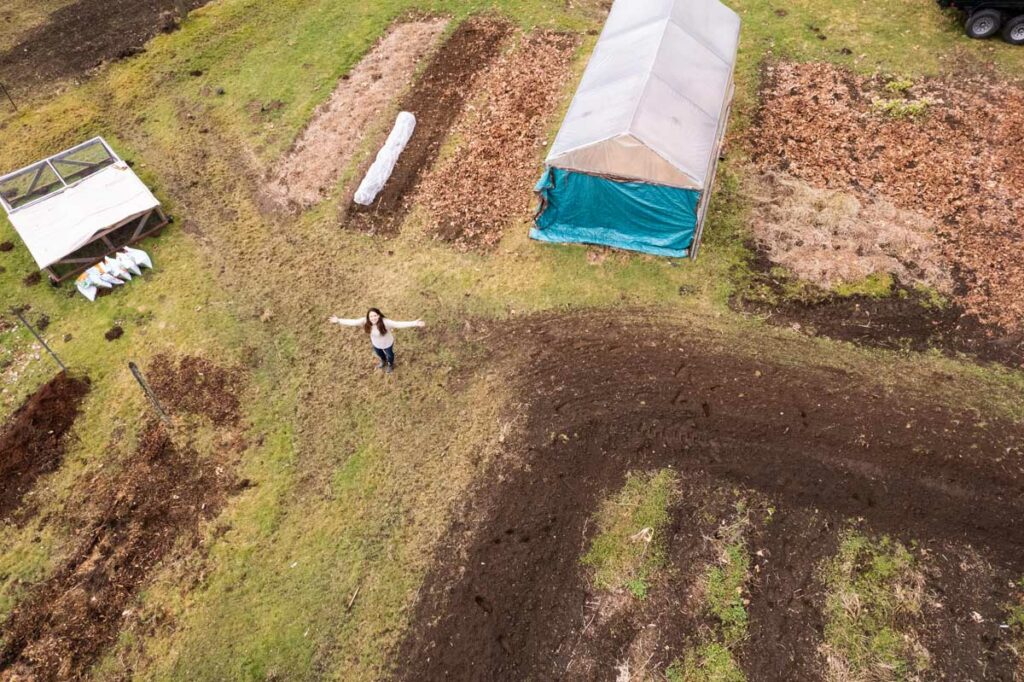
3. Having the Idea You Need a Lot of Land
After identifying crops and how much you need to get your family through a full year (plus choosing varieties that are best suited to your growing climate), THEN you can decide where to put your plants.
Most of the time a lot more plants can be put in than we think.
Even though my family has 14.96 acres, the majority of it is pasture for our livestock or wooded areas. Where we actually grow our produce is on just half an acre in our backyard.
On that half-acre we have:
- High Tunnel (AKA unheated off-grid greenhouse)–> click here to see my High Tunnel Greenhouse DIY
- Perennial vegetable garden
- Perennial fruits (see how many fruit and berry bushes you need to plant per person for a year’s worth of food)
- Medicinal and culinary herb garden (learn how to plan a medicinal herb garden here)
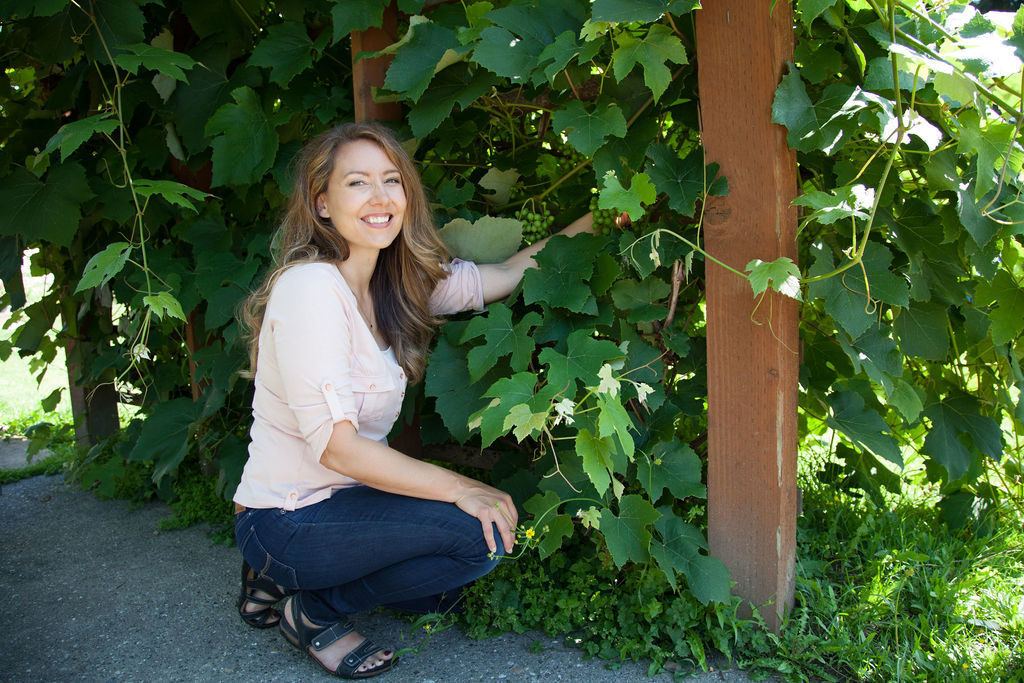
Maximize the Space You Have
Another area where a deeper dive is needed is looking at available space in order to get even more plants in to hit the goals of having enough plants to take you through a whole year.
A lot of people get really limited by just thinking of this big vegetable garden area or a certain yard size where maybe you can put in a few raised beds.
There are several steps you can take to make the most of the space you have. You can grow so much more in so many different areas than you think. The following are some great options to consider:
- Sometimes all it takes is picking a slightly different variety that allows you to grow a lot more.
- Vertical gardening makes it possible for you to grow more in less space.
- Sneak food crops into your landscaping. Utilize spaces like a back deck, patio, or cooking area.
- If you have fruit trees, create a fruit tree guild that will not only feed you, but the tree as well.
There’s a picture in my book of a cooking area in our backyard where we have a fireplace and patio. Over the patio, we built a grape arbor (I say we but mostly my husband).
We have four grapevines, two on each side, that grow up and over and meet in the middle of the arbor. The actual yard space for the base of these plants is about one and a half square feet for each plant.
So even if you don’t have a lot of space, you can definitely go vertical with a much smaller footprint.
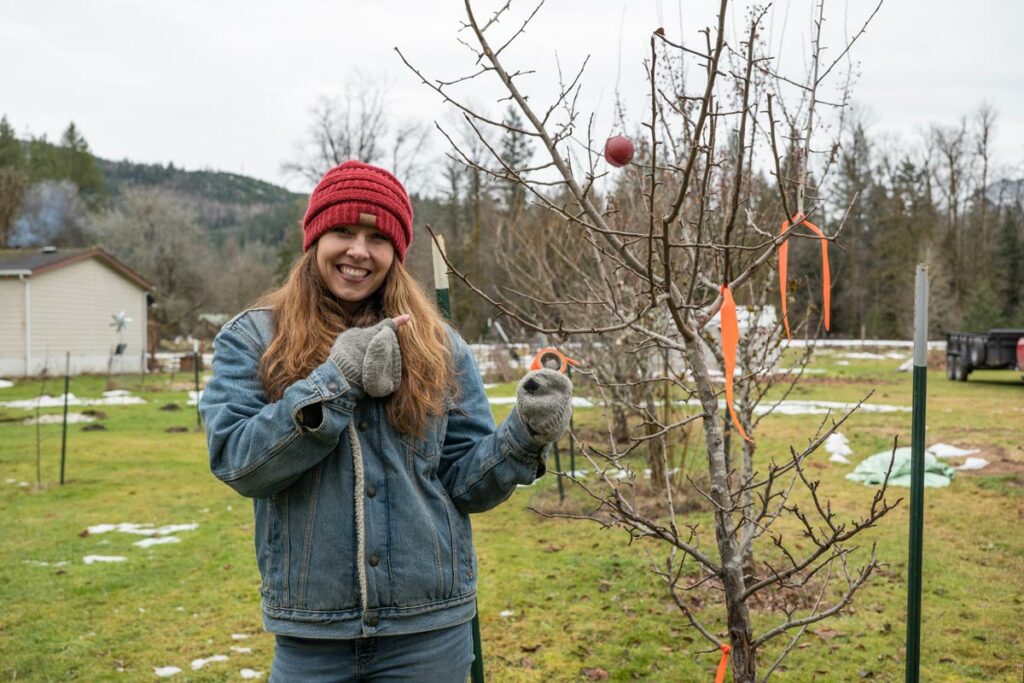
4. Consider Sunlight
Look at the layout of your yard and how the sunlight travels over your property.
When planning a garden in winter or spring, consider where the sun will be in the growing months and whether the sun will be shaded by trees that are leafed out.
I made this mistake one year when we bought a handful of fruit trees and planted them on the perimeter of the garden. There were some maple trees that were in the pasture just behind them, but when I planted them they didn’t have any leaves on them and the sunlight was shining through onto those trees.
I didn’t take into consideration that come summer those maple trees would block out the sun those new trees needed to grow and produce fruit. Because of this, they struggled to grow and after two years we knew they needed to be moved.
However, after two years of growth, it’s not ideal to move fruit trees and because of this, it set those trees back an entire year before we got fruit.
I’m happy to say they’re now doing very well in their new location where they get plenty of sunlight.
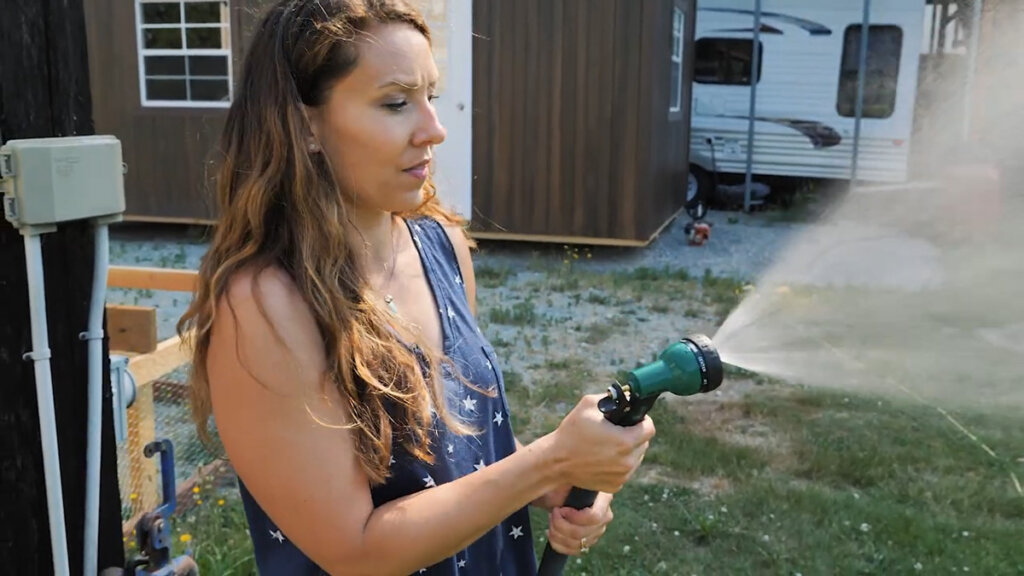
5. Water Source
Another mistake I see made frequently is people planting gardens and not considering how close their nearest water source is.
You will need to consider this for fruit trees and berry bushes the first year of planting, but more importantly for your garden spaces.
6. Plant Spacing & Row Direction
The issue with plant spacing generally has more to do with perennials, fruit bushes and trees. Although there can be issues in the garden as well, and that’s plant spacing and row direction.
Berry bushes and fruit trees need adequate space to grow up and still get enough sunlight without being shaded out by the plants next to them. It’s important to consider the row direction of these plants to make sure they get maximum sunlight hours during the growing season.
I also like to leave enough space for a wheelbarrow to go between rows, which also means a lawnmower will fit and be able to keep the grass down.
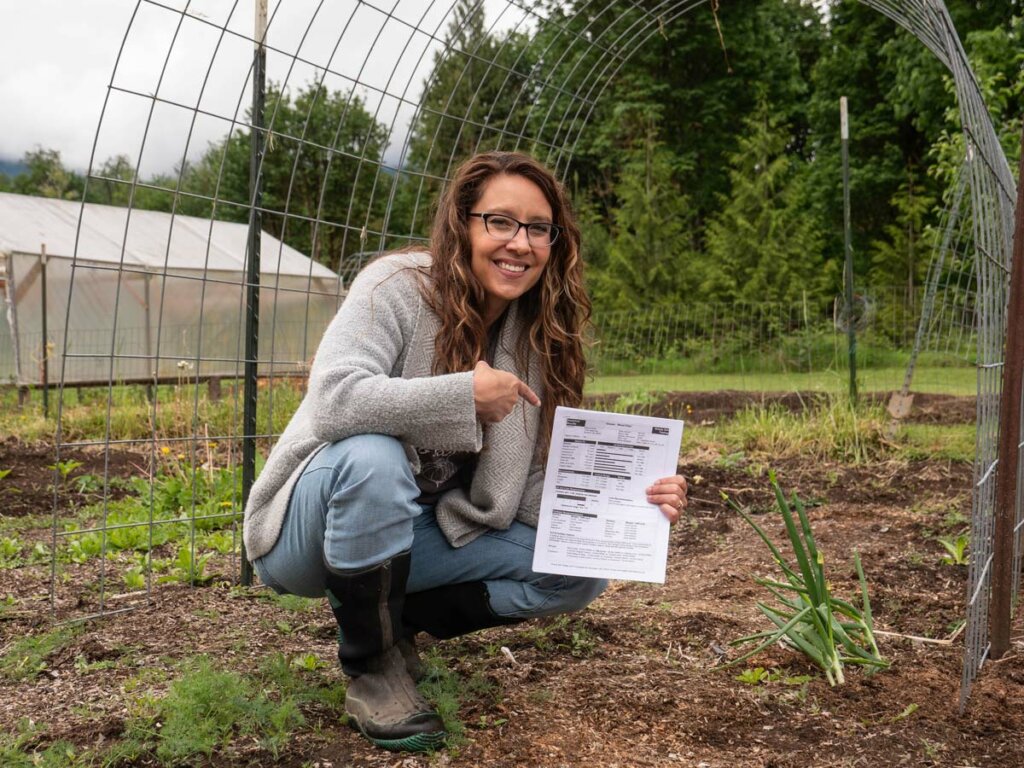
7. Not Understanding Soil Needs
I think soil health is probably the number one issue when it comes to people having problems with their plants.
Now, of course, watering and the proper amount of sunlight come into play. But we can almost always pinpoint it back to something lacking in the soil. Or not the right soil conditions for that plant.
If leaves are turning colors, or pest and disease are present, it goes back to your soil health.
A mistake that’s often made is using the wrong soil for the wrong usage. For example, using a potting mix in an outdoor garden, or using soil from the garden in containers. Or growing in straight compost or manure thinking it’s soil and not just a soil amendment.
Too much of a good thing isn’t always good!
Don’t assume if your plant is struggling that it’s because it doesn’t have enough of something. Sometimes plants struggle because of too much of something.
Learn about soil testing and how to amend for micro and macronutrients in my FREE Organic Gardening Workshop. Save time using these proven methods to naturally INCREASE your harvest and provide nutrient-dense food from your backyard all year long no matter where you live.
For beginners, I recommend asking yourself several questions. In the example of the yellowing leaves ask:
- Does it mean that I’m watering too much?
- Or does it mean that there’s a deficiency?
The first thing you can do is dial back the water a little bit and see what happens. You can also feel the soil. Is it moist all the time? If so, it needs to dry out a bit. Soil doesn’t like to be moist all the time and actually needs to dry out a little bit.
If adjusting the watering doesn’t work, see what else might be causing the yellowing of leaves. If it’s a nutrient deficiency oftentimes that means a nitrogen deficiency. But you don’t want to add a bunch of stuff, rather a little at a time. You could try a little bit of seaweed fertilizer to see what happens.
Take things slow and steady and don’t get ahead of yourself.
Another thing to consider is planting like plants together that have the same soil needs.
For example, I plant my blueberry and raspberry bushes next to my rhubarb plants. They all like acidic soil so when I’m amending the garden beds I can amend them all the same way. It’s much easier if you can group items together that have similar growing needs.
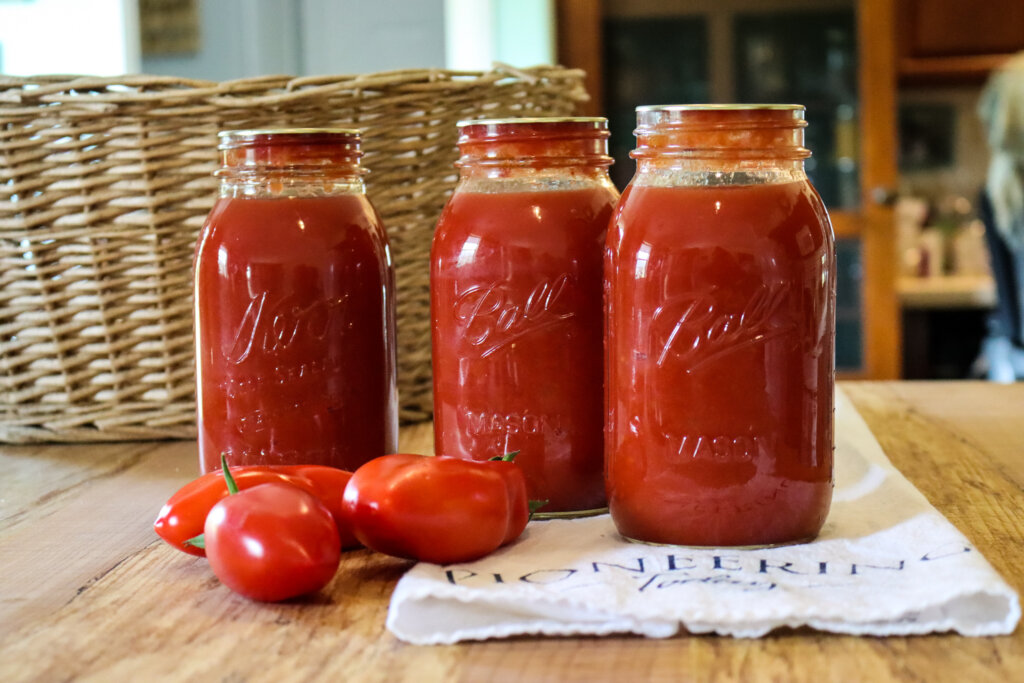
8. Not Adjusting Your Plans
Another one of the big gardening mistakes that I used to make was that I would plant what I had done the previous year or only what we had always planted.
That’s how I would end up with an excess of 20 jars of something that I had preserved. Obviously not paying attention that we didn’t need that much. The error of that rinse and repeat behavior would be realized when going through my pantry cupboards to find 15 or 20 jars of this or that from two years ago.
So why on earth am I still planting the same amount of those crops?
It’s really key that we do this planning. Even if you have 20 plus some years of gardening, it’s important to go through this garden planning step so that each year’s garden is based upon your family’s needs.
Additionally, check out this Planning and Preserving Q&A where I go beyond the garden to implement proper planning in all areas of the homestead. And my New Gardening Techniques & Varieties to Grow in 2022. That post illustrates part of what this planning looks like in practice.

9. Not Keeping Records
Keeping records is the most valuable thing to do when you’re getting started with gardening. Take notes of what’s happening and what you did to address it. Then take notes of the results so that next year when you encounter the same problem you can remember.
Oftentimes you don’t have to reference your notes, just the act of writing it down makes you remember. You’re 50% more capable of remembering things that you write down versus things that you don’t. So my advice is to keep a journal and take photos.
Records become invaluable for crop rotation because the seasons will really start to run together. Plus having data on your microclimates and micro-zones exactly where you live is so helpful. The Family Garden Planner has sheets and charts so you know exactly what to record and have it at your fingertips.
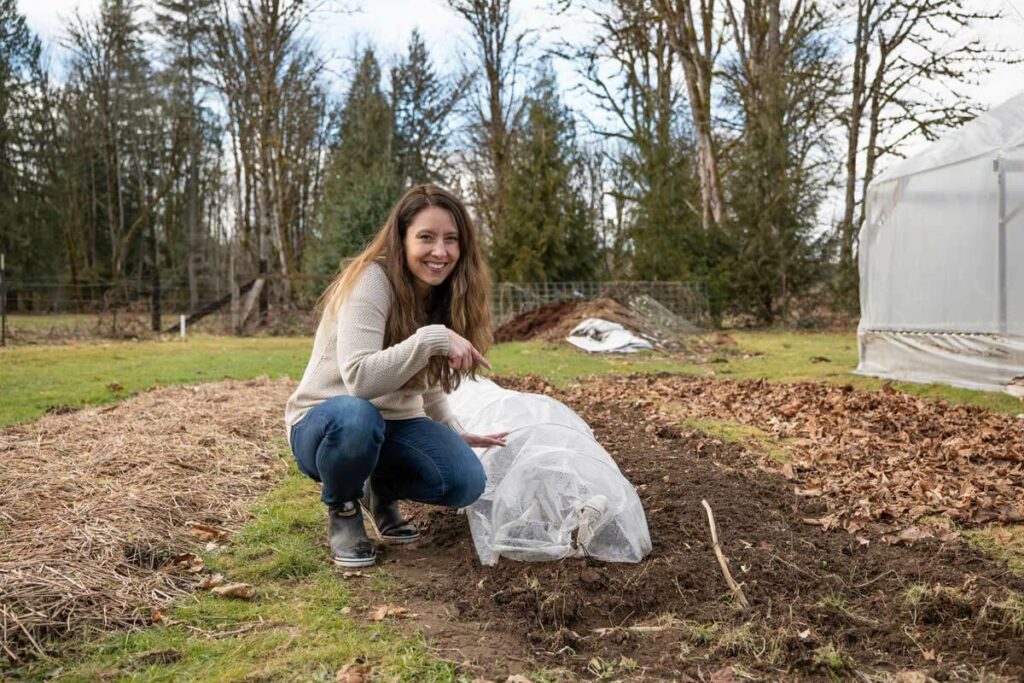
10. Misunderstanding Garden Zones & Climates
Another mistake that I see is people wanting to know when to plant in their specific garden zone. Your gardening zone has nothing to do with your planting dates. It’s your average low temperatures in the wintertime that matter. This also pertains to which varieties of perennials you can plant because they’re only hardy down to a certain temperature without taking protective measures.
But as far as planting your garden, it has nothing to do with it.
Here’s to your best garden plan, and garden, ever.
Gardening is for the soul as much as it is for our bodies and the actual food we get from it.
If you are looking at growing more of your own food this year, you definitely want to check out the bonuses that you get when you order my book, The Family Garden Plan.
If you already have my book (thank you so much!) claim the bonuses by clicking here and then click the “Get My Bonus Now” button.
Simply fill in the short form with your name, email and receipt number. I’ll then send you the bonuses, both the Crop Rotation and Companion Planting videos to visually walk you through how to do it in your own garden. You’ll also receive my Seed Saving 101 Video and e-book Package as well as the Organic Soil Amendment Guide. This guide alone is so in-depth and walks you through how to identify when your soil might be low in nutrients or minerals, what your plants will exhibit, etc. This is especially helpful if you’ve not done a soil test but you’re experiencing issues stemming from poor soil nutrition.
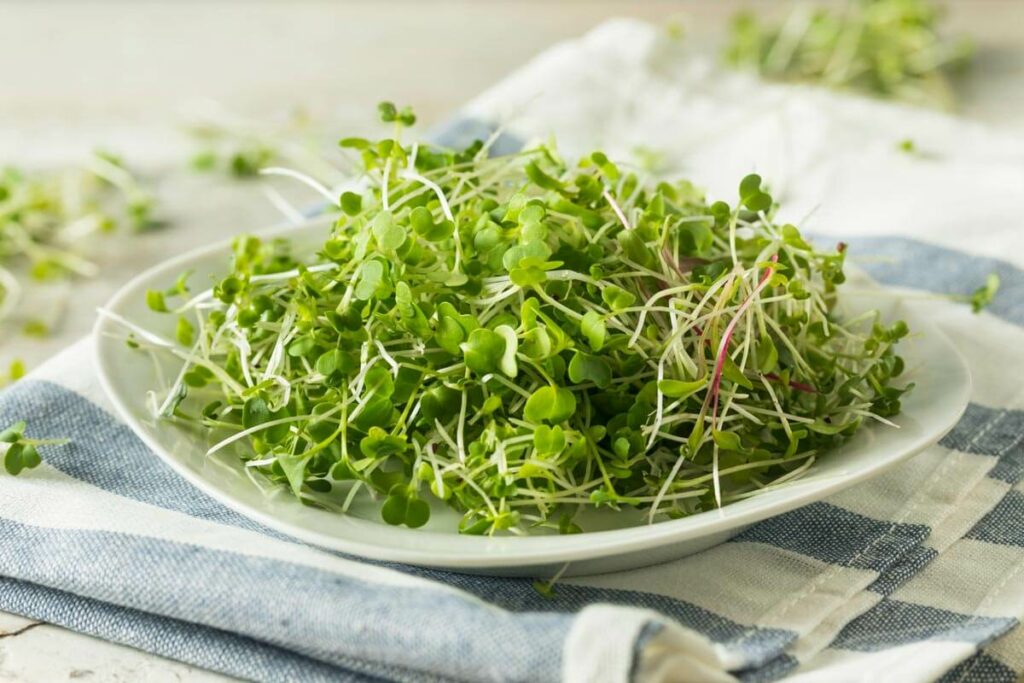
What New Gardeners Can Grow For a Quick Harvest
There are many things that will grow in a very short period of time:
- Pea Shoots – They are ready in 7-10 days! What’s great about pea shoots is that they will grow back so you can get a couple harvests from them.
- Sunflower Shoots – Fresh food in about a week just like the pea shoots. And what’s great about the pea and sunflower shoots is you don’t need sunlight.
- Micro Greens – Pretty much all the lettuce and mustard greens. You can even mix in some herb seeds. Once you plant, within 21 days you’ll have baby salad greens.
- Radishes – There are some varieties that are ready to harvest in 21 days.
Another option is to get a head start by buying plant starts, or starting your seeds indoors.
Where you can find Stacey:
For more organic gardening tips, check out the following posts:
- 10 Things Most Organic Gardeners Forget About
- What is Organic Gardening and How to Start an Organic Garden at Home
- 13 Basic Steps to Starting a Vegetable Garden
- How to Create a Gardening Plan for More Harvest and Less Stress
- Science-Based Companion Planting Strategies for a Healthier Garden
- How to Get Rid of Bugs on Plants Naturally Tips that Actually Work
- 5 Tips for Organic Pest Control for Vegetable Gardens
- Cabbage Moth and Slug Control with Organic Gardening Methods
